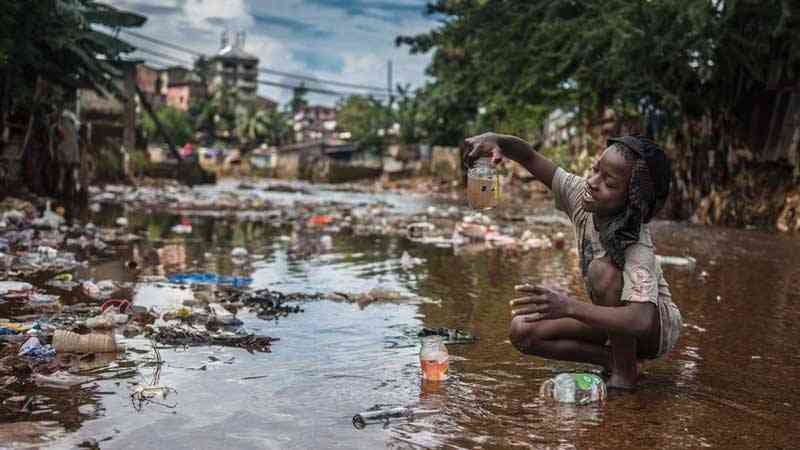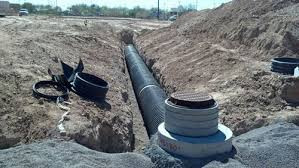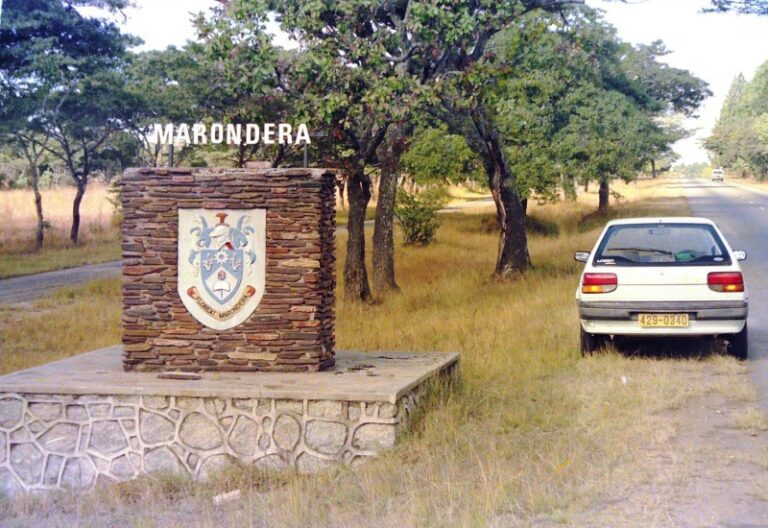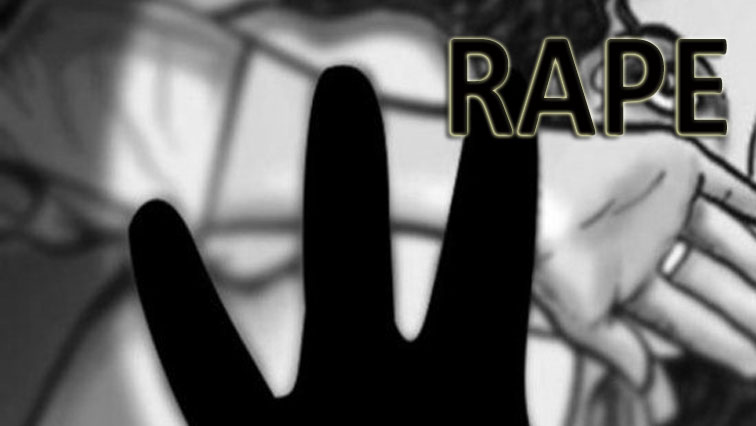
A deadly combination of a collapsing health sector, water shortages, crumbling sewer reticulation infrastructure as seen in constant pipe bursts and the never-ending economic crisis has seen Zimbabwe attracting long-forgotten medieval diseases such as cholera and polio.
The country has, since 2008, been battling recurring cholera outbreaks with the responsible authorities failing to contain the disease.
Zimbabwe has recorded more than 6 000 confirmed cholera cases and 120 suspected cholera-related deaths.
Cholera is now endemic in Harare, a city which has been one of the cholera hotspots in the country since the deadly 2008 outbreak.
Harare City Council epidemiologist Michael Vere said it was not surprising that the capital was a cholera hotspot because the city’s water was contaminated.
"A majority of cholera cases, 90%, are recorded from the western district,” Vere said during a neglected tropical diseases workshop for health journalists in Harare last week.
“All effluent from the capital city is deposited in the western district thereby contributing to the incidence of water borne diseases there.”
Glen View, Glen Norah, Budiriro, Highfield, Mufakose and surrounding farms make up the western district and they are usually the main cholera hotspots in the city.
- Harare cancels Pomona waste deal
- Devolution gains remain a mirage
- Harare cancels Pomona waste deal
- Pomona saga: Harare handed shock US$750k ‘garbage’ bill
Keep Reading
Vere said hygiene in males was lower as compared to females, and this contributed to re-emergence of diseases that are linked to hygiene.
He said poor hygiene in males was evident in the disparity of cholera infection being higher in men.
“More men are infected with cholera as compared to women, with 58% of males and women at 42%,” Vere said.
“Hygiene levels need to be noted in men.
“As a council, we are now taking the messages to areas where men converge.”
Vere said the city's challenges in eliminating water borne diseases outbreaks also originate from the main water source, Lake Chivero, which is highly polluted.
"As a result of that (high pollution) cleaning the water is now very expensive, requiring millions of United States dollars,” he said.
“The city is producing a third of the required water.
“The chemicals are expensive. Residents are billed in local currency, yet chemicals are purchased in US dollar terms.
“Major sewerage bursts occur, with a perennial burst in Glen View requiring US$16m to repair.”
A number of suburbs in the capital are going for days without running water, forcing residents to turn to unsafe water sources and untreated borehole water.
Some individuals are also selling untreated water from unknown sources, further exposing residents to diseases.
Vere pinned hopes on the yet to be commissioned Kunzvi Dam in Mashonaland East for an end to the perennial water shortages and inevitable disease outbreaks in the city.
“Some boreholes are contaminated with sewer which needs a purifier installed,” Vere said, adding: “In the western district, 100% of the wells are contaminated and 50% of boreholes are contaminated as well. The Tichagirika shops borehole in 2018 was a source of cholera outbreak.”
In a recent situational report on cholera, the United Nations Children’s Emergency Fund said Zimbabwe’s ability to deal with the unfolding humanitarian crisis was in doubt.
“Currently the country is experiencing an outbreak of cholera since February 12, 2023,” the report reads.
“Compounding the situation is the rapid population growth in urban settings which has resulted in communities settling in areas which are not serviced with water and proper sewer systems.
“This has resulted in the at-risk communities looking for alternative water sources such as shallow wells and river water, which are contaminated.”
According to the report, perennial sewer blockages in urban residential areas have also been noted amid the sprouting of illegal settlements, providing breeding ground for the outbreak of diseases.
“Unprecedented attrition of health frontline workers has also resulted in a shortage of staff to manage the outbreak.”
Speaking to The Standard, Rudo Chikodzore, Health and Child Care ministry’s director for epidemiology and disease control, said the ministry was taking measures to contain the cholera outbreak.
"As part of the cholera response, the environmental health teams are conducting contact tracing in affected communities to facilitate early detection and treatment,” Chikodzore said.
“Cholera treatment centres have been set up at health facilities in affected communities while oral rehydration points (ORPs) have been set up in villages closer to the community.
“Medicines and commodities for case management have been mobilised using a multi-sectoral, multi-stakeholder approach resulting in resources for immediate response being availed earlier.
“Risk communication and community engagement are also ongoing.”
Community Working Group on Health executive director, Itai Rusike said provision of safe water, safe sanitation and good hygienic disposal is a long-term solution to elimination of all the primitive and medieval diseases sprouting in the country.
“There is a need for collective effort to realise basic sanitation and water services,” Rusike said.
“ Recurrence of cholera is an indication of challenges and gaps in the sector, in particular the low access and coverage, open defecation, poor hygiene and dilapidated infrastructure, unplanned and un-serviced human settlements, quality of water and deteriorating situation especially around Harare and a number of urban authorities.”
Last week, Information minister Jenfan Muswere said Cabinet had approved budget of US$12 million for cholera preparedness and response.
Tinashe Mundawarara, a health expert, said there was need for a multi-sectoral funding of the plan to combat cholera.
“Whilst central government cannot do it alone it should not abdicate its constitutional duty to fulfil, respect and promote the right to health," Mundawarara said.
Commenting on the recent polio scare, medical practitioner Michael Magweni said the recent news is a very big setback considering the great effort that was put in polio eradication programs over the past three decades.
"The gold standard for prevention is primary vaccination and follow up booster doses,” Magweni said.
“Maintenance of good personal hygiene as well as efficient water delivery and waste removal by local authorities will be of great value.”
The last polio case in Zimbabwe was recorded in 1989.
In 2005, the World Health Organisation declared Zimbabwe polio free.
As a response, Zimbabwe has introduced 4 rounds of polio vaccination, two rounds in 2022 and two this year, using oral drops.
At least 2.6 million children have been reached, according to the Health ministry.
Government has also introduced environmental surveillance (ES) to complement existing prevention methods.
Also commenting on the continued presence of long forgotten diseases in the country, health analyst Hamadziripi Dube said poor sanitation was to blame.
"The solution is to improve service delivery and there is need for a task force to look into proper service delivery.
“Another solution is to improve on problem areas including garbage collection, proper water purification and good sanitation,” he said.










